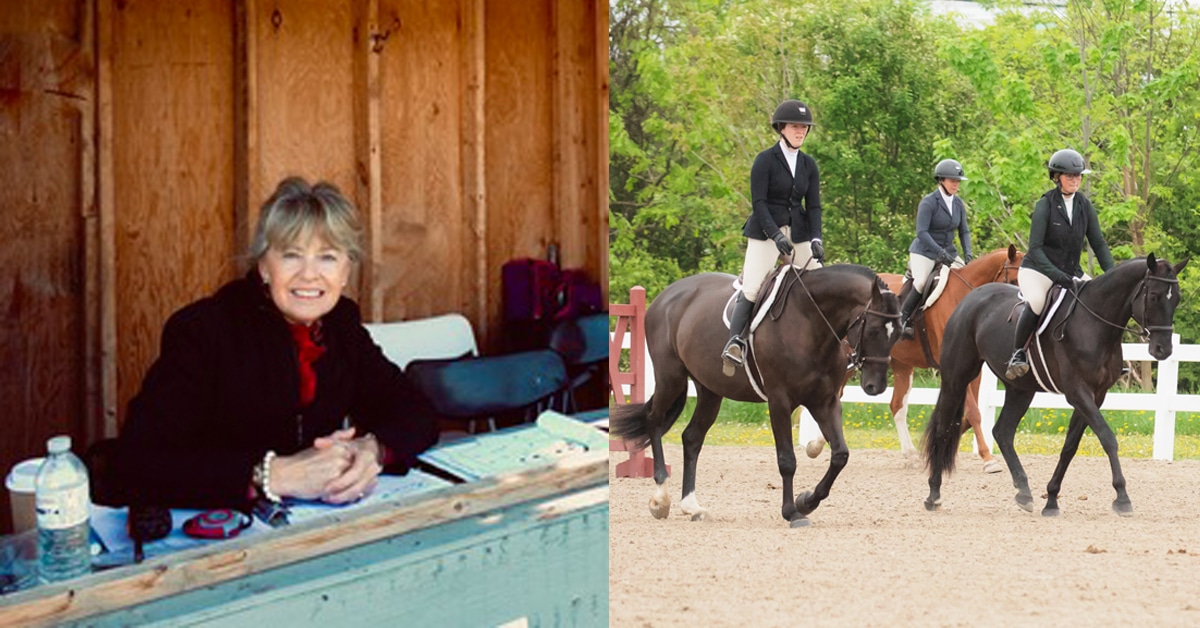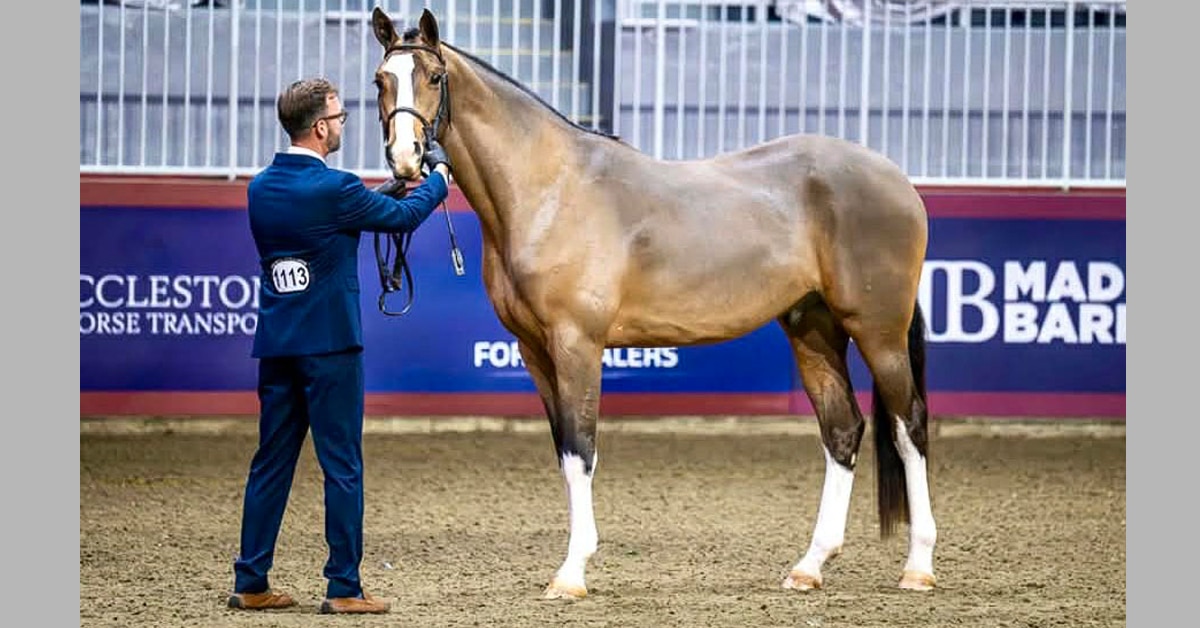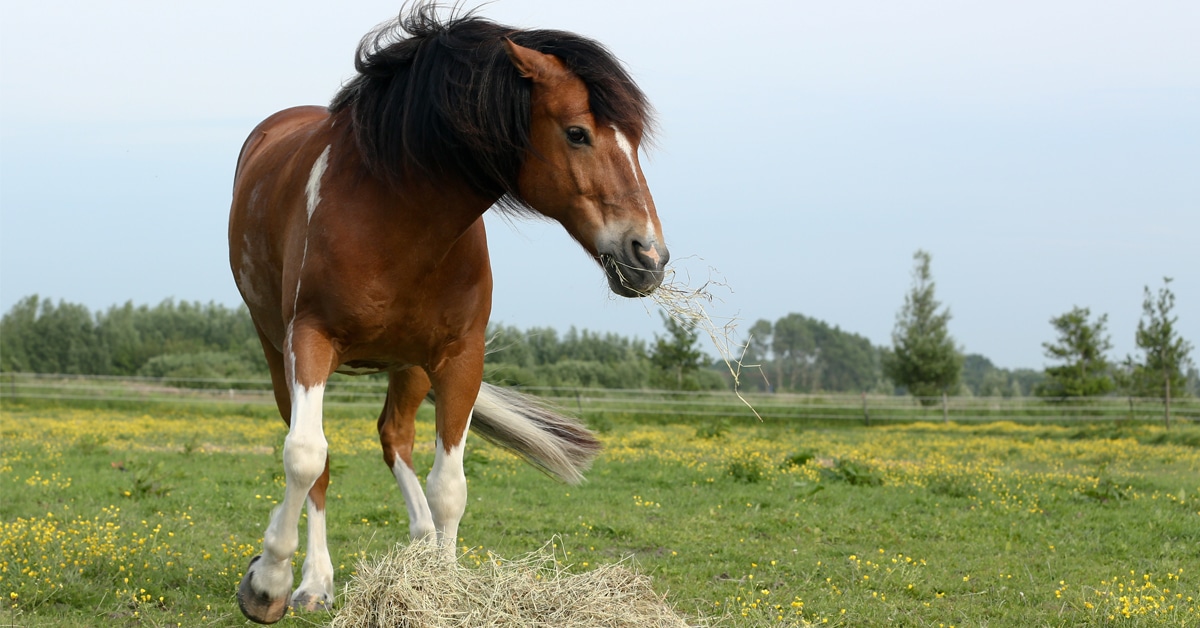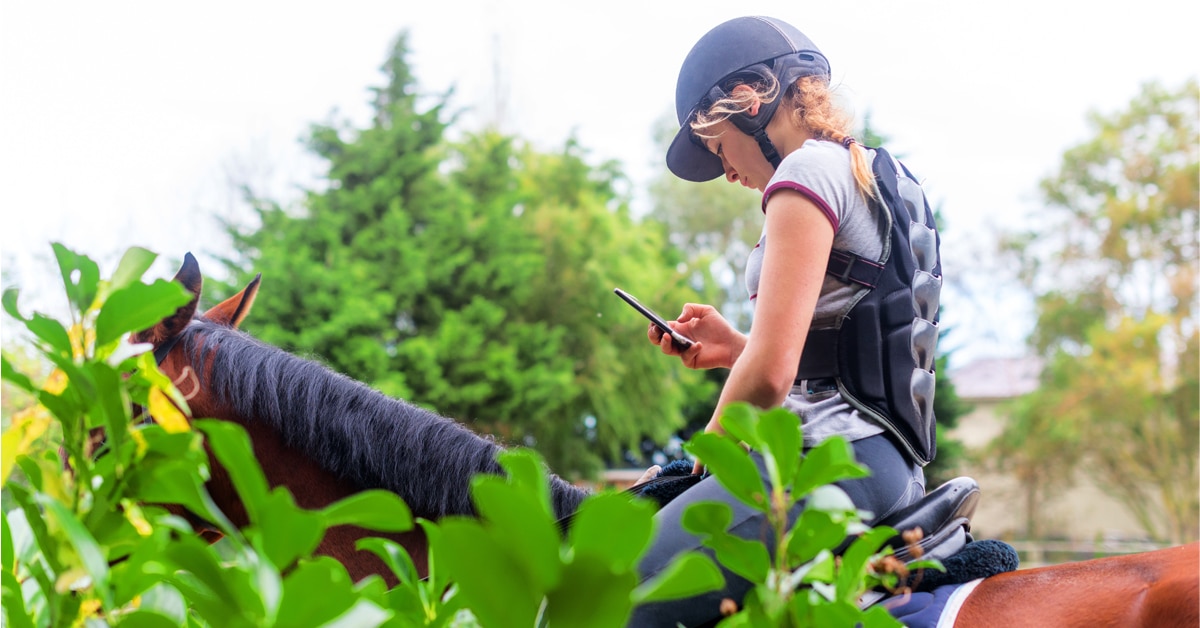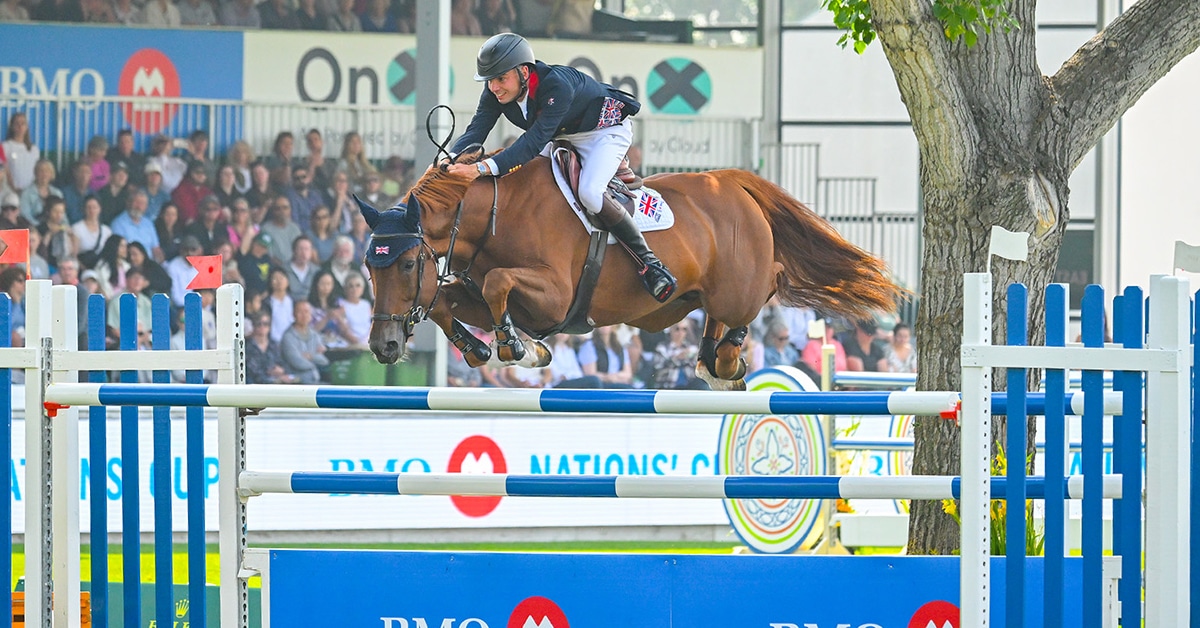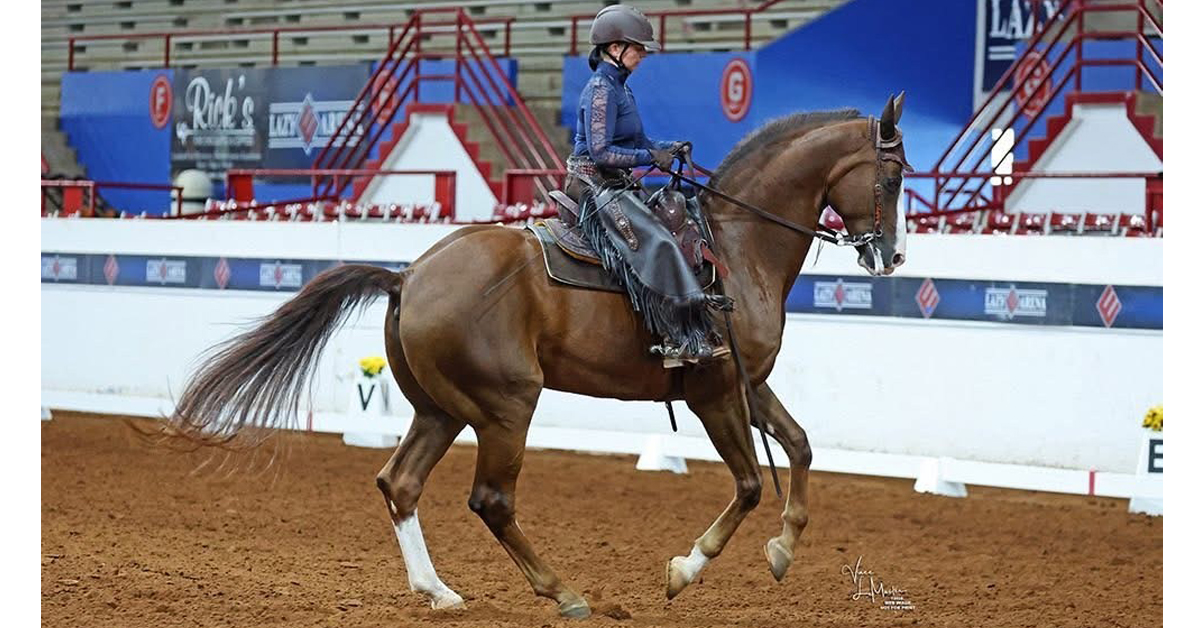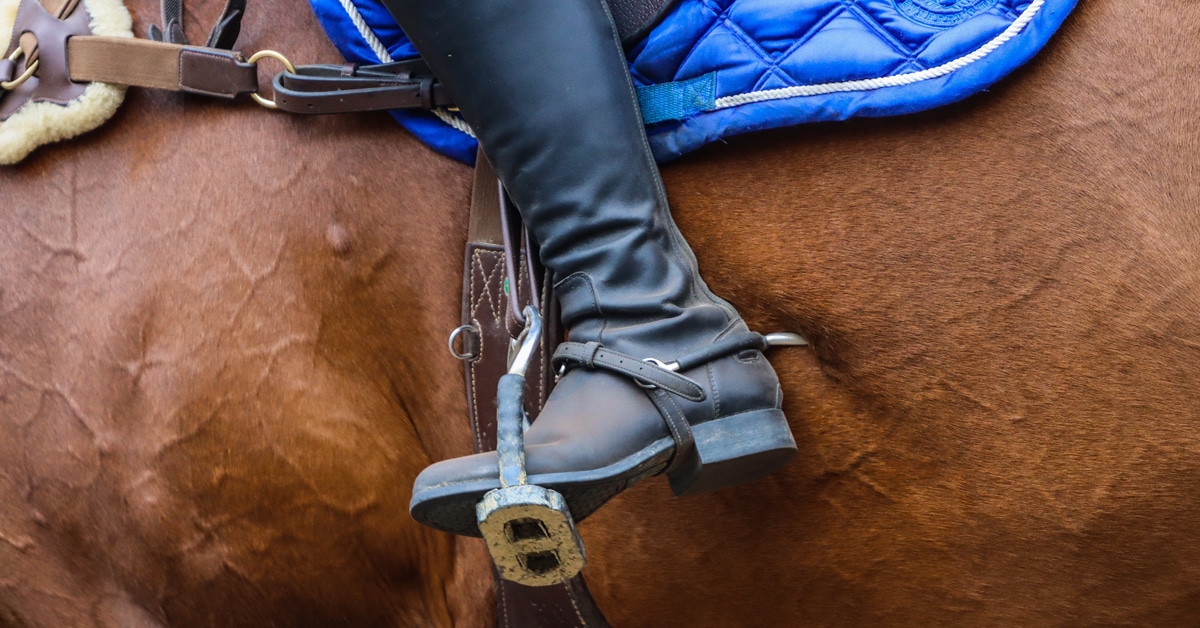YOUTH IS THE KEY TO EQUESTRIAN GROWTH
As a new generation of participants in the horse industry takes over the reins, how does the future in their particular equestrian sport look?
First and foremost, the coaches and course designers inter- viewed for this article all agreed that finding a way to attract – and keep – junior and young riders is crucial for the future development, even the continued existence, of the Olympic disciplines in Canada. Dressage rider and coach Denielle Gallagher-LeGriffon is an example of an enthusiastic junior rider who turned her passion into a successful career. She grew up in a family involved in the horse industry; her parents ran a riding stable near Hampton, NB, and she went through the Pony Club program, leading the charge as a fearless eventer. She later became a groom at Olympic show jumper Eric Lamaze’s stable before making the change to dressage under Ashley Holzer’s tutelage. Now a grand prix competitor herself, she and her husband Bertrand LeGriffon operate the Ramapo Equestrian Center and Brilliance Stables in Suffern, NY. “At the moment,” said Gallagher-LeGriffon, “I am only seeing a few juniors coming into my sport. The majority of students and competitors seem to be the adult amateurs.”
If adult amateurs are the backbone of equestrian sports today, junior riders are the foundation without whom there is no future. Course designer Rien Erichsen-Meesters summed it up by saying, “Juniors are a key to the growth process, as it is like a pyramid: the bottom must be large in order to maintain advanced riders as well as life-long participants. That being said, the struggle really occurs because there is so much more to offer young people today – more sports, more activities – and it has had an impact on numbers across the board.” Rien and his wife, Zoe, operate Rohirrim Farm near Fredericton, NB. As time and finances permit, he is working on achieving his accreditation in event course designing.
Like Gallagher-LeGriffon, course designer Chris Edwards-Jones also grew up in a horse-friendly family. His father is a judge and course designer and his mother is a hunter judge. Living in Calgary, he now holds his senior status course designer designation. A former competitor in his youth, he has designed courses at venues throughout western Canada and assisted at the Royal Manitoba Winter Fair in Brandon and the Royal Agricultural Winter Fair in Toronto, ON.
In his seven years as a course designer, Edwards-Jones has seen a decline in the number of hunter-jumper shows in western Canada, partic- ularly those that once attracted entry-level and junior riders. “Fewer and fewer stables offer a string of school horses where students can learn and begin showing,” he said, suggesting that is at least part of the prob- lem. Without these affordable schooling and coaching opportunities, combined with ready access to shows offering various levels of competition, it is difficult for aspiring riders to achieve the skillset needed to participate in shows.
Similar situations exist across the nation as stable owners try to balance the cost of operating a school and supporting a string of horses on which students can learn, versus teaching students who own their own horses – a far more lucrative scenario.
In some areas, the smaller shows which were the testing grounds for novices are disappearing. “The cost of preparing dressage rings, stadium jumps, as well as extensive cross-country courses makes the cost of holding an event far too high to provide for limited numbers (of participants),” said Erichsen-Meesters. “For this reason, many venues (in smaller areas) have been forced to go the route of clinics, mini-events and even unsanctioned events to try and keep the cost down and numbers up.”
There are regional disparities from coast to coast for aspiring young riders to contend with as well. Those include access to competitions based on availability, distance and cost; and availability of and proximity to coaches and trainers, particularly at the higher levels. And there are other economic considerations, not the least of which is the high cost of horse ownership itself.
UPPING THE ANTE
“In the 1990s (in eventing) there was a tendency to downsize obstacles and courses depending on who was competing,” said Jay Hambly, an FEI “I” international cross-country course designer and builder, Equine Canada course adviser and designer, and advanced-level event rider. Also a graduate of the Pony Club program, he and his family now operate Glenarden Farms in Fergus, ON.
“There have been great developments (in event course design) in the last five years. Now there is a training program for course designers that emphasizes uniformity among all courses (at the same level) and horse and rider safety. This is crucial for the development of horses and riders from level to level. Courses should be designed with the average rider and horse at a particular level in mind to encourage riding the horse correctly for that level of competition.” He stresses that this is critical for the continued development of both horse and rider as they move up the levels; they should know what to expect when they approach any course anywhere in the country at a specific level.
Gallagher-LeGriffon is also encouraged by recent trends in her sport. “I am seeing people investing in better quality horses – at all levels – these days,” she said, adding that having students who understand the value of quality horse flesh, care and training, helps to develop realistic expectations for performance in competition at all levels.
The coaching component in dressage – or any discipline – cannot be over-emphasized. People living in heavily-populated equestrian areas have access to a large number of higher-level coaches and trainers. Those in more far-flung regions of the country have to rely on periodic clinics with visiting coaches, who can enhance the base programs provided by the local coaches. “For horses and riders to improve and progress up the levels, they need to work regularly with coaches who have ‘been there, done that’,” said Gallagher-LeGriffon.
In the hunter/jumper world, Edwards-Jones said he would like to see more opportunity for young horse development classes. He is also seeing an increase in investment in good horses, but does see cost as a barrier to entry into the sport. Not just the cost of purchasing a horse, but boarding or housing horses, coaching, association dues, entry fees for shows, etc. Unlike last year’s goalie pads, horses are a long-term commitment that can’t be just tossed into the basement until they are needed again.
WHAT’S AHEAD FOR EQUESTRIAN SPORTS ?
The horse industry has always been good at promoting itself within itself, but perhaps less so in promoting itself to the general public. If the base of the pyramid is eroding, attracting new riders, juniors in particular, is critically important. Today young people face a myriad of choices for spending their spare time and their parents’ money. Not only are more sports available, but the encroachment of towns and cities on agricultural land means that fewer young people have been exposed to horses and riding as an option. (Then there are the ubiquitous electronic diversions keeping young folk with their behinds in chairs instead of saddles.)
Hambly suggested that encouraging the disciplines to work together would benefit all. Training stables could, for example, build some event jumps close to the jumper ring to make it easier for both students and their parents to see what it is all about.
Safety is also a major issue in all horse sports, especially for children. Keeping parents informed about course design safety practices in eventing and show jumping, for example might encourage them to allow their children to participate. Dressage Canada’s recent ruling that competitors at all levels must wear helmets is a major step forward in promoting rider safety.
The new event course designer certification program is another. Erichsen-Meesters said, “It is a difficult process to complete; three courses have to be taken – two practical and one theory – as well as logging a number of training hours with a certified builder. As a (course) builder I continue to work towards my certification process and to try and work with Equine Canada to change the perception of eventing in our area. I am committed to working with builders such as Jay Hambly to ensure that the courses we have in our area are up to standard and safe for all involved.”
The Latest
